This past April, NASA and its partners at the German space agency announced the end to the SOFIA mission. The modified Boeing 747SP jumbo jet is being retired after eight years of service, but its scientific contributions cannot be overstated. In honour of this closing mission, we present to you SOFIA’s greatest hits.
SOFIA, or the Stratospheric Observatory for Infrared Astronomy, got off the ground in 2015, completing its primary mission in 2019. The mission was granted a three-year extension, but the high-altitude aerial observatory has now reached the end of the road. The reason for the cessation of operations, says NASA, is that SOFIA’s “science productivity does not justify its operating costs,” and that its capabilities aren’t aligned with upcoming science priorities identified by the agency’s Decadal Survey.
That’s a shame, but SOFIA did amazing work over the years, enabling hundreds of scientists to perform a broad range of atmospheric, astronomical, and planetary observations. Here’s a look at SOFIA’s most significant accomplishments.
Finding water on the Moon’s sunlit surfaces
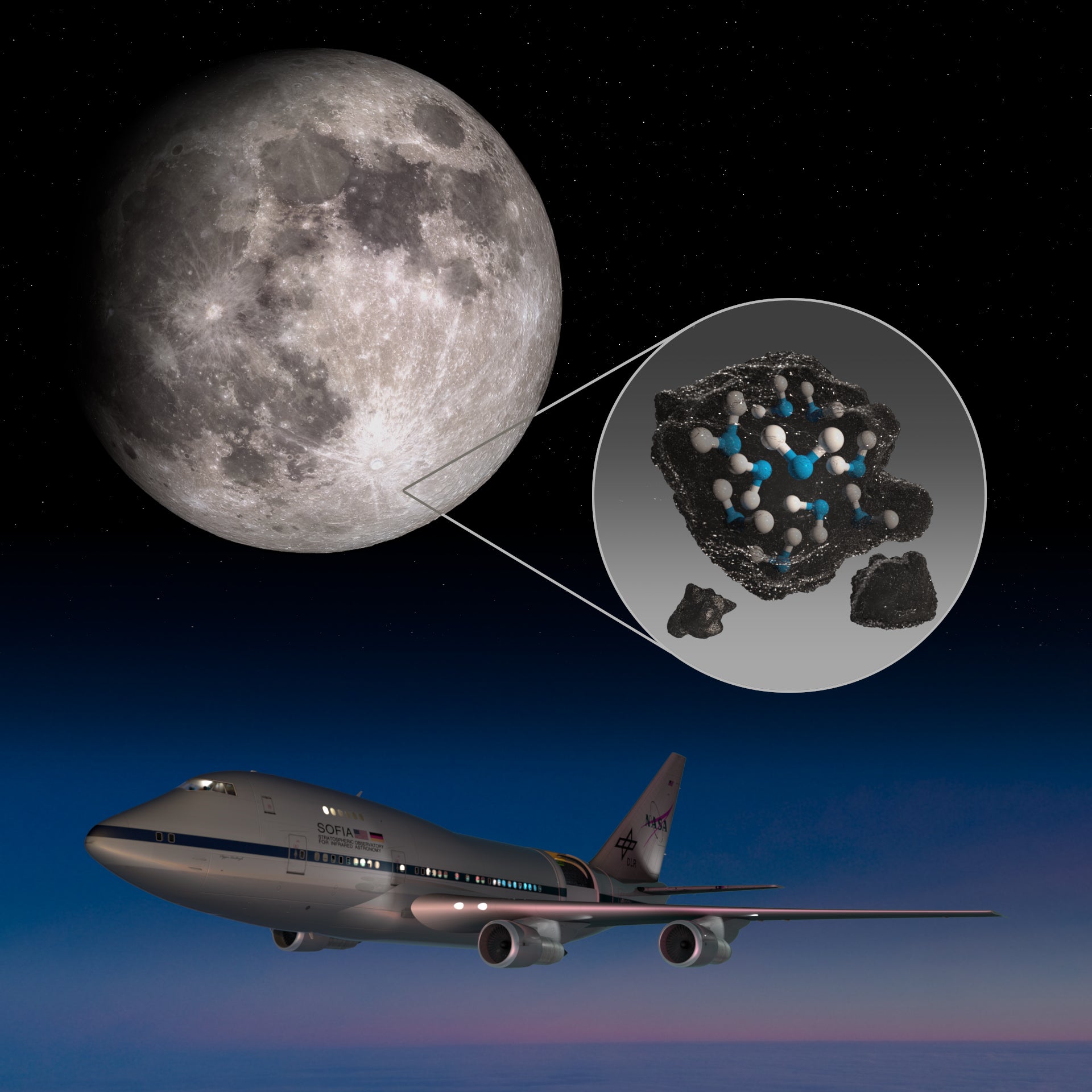
SOFIA’s detection of water on sunlit surfaces of the Moon is probably the aerial observatory’s crowning achievement. The traces of H2O were found in the gigantic Clavius Crater of the Moon’s southern hemisphere, and it showed that water is distributed across the entire lunar surface and not just constrained to polar or shadowy locations.
“We had indications that H2O–the familiar water we know–might be present on the sunlit side of the Moon,” Paul Hertz, director of the Astrophysics Division in the Science Mission Directorate at NASA, said in a 2020 agency statement. “Now we know it is there. This discovery challenges our understanding of the lunar surface and raises intriguing questions about resources relevant for deep space exploration.”
Spotting the first type of molecule
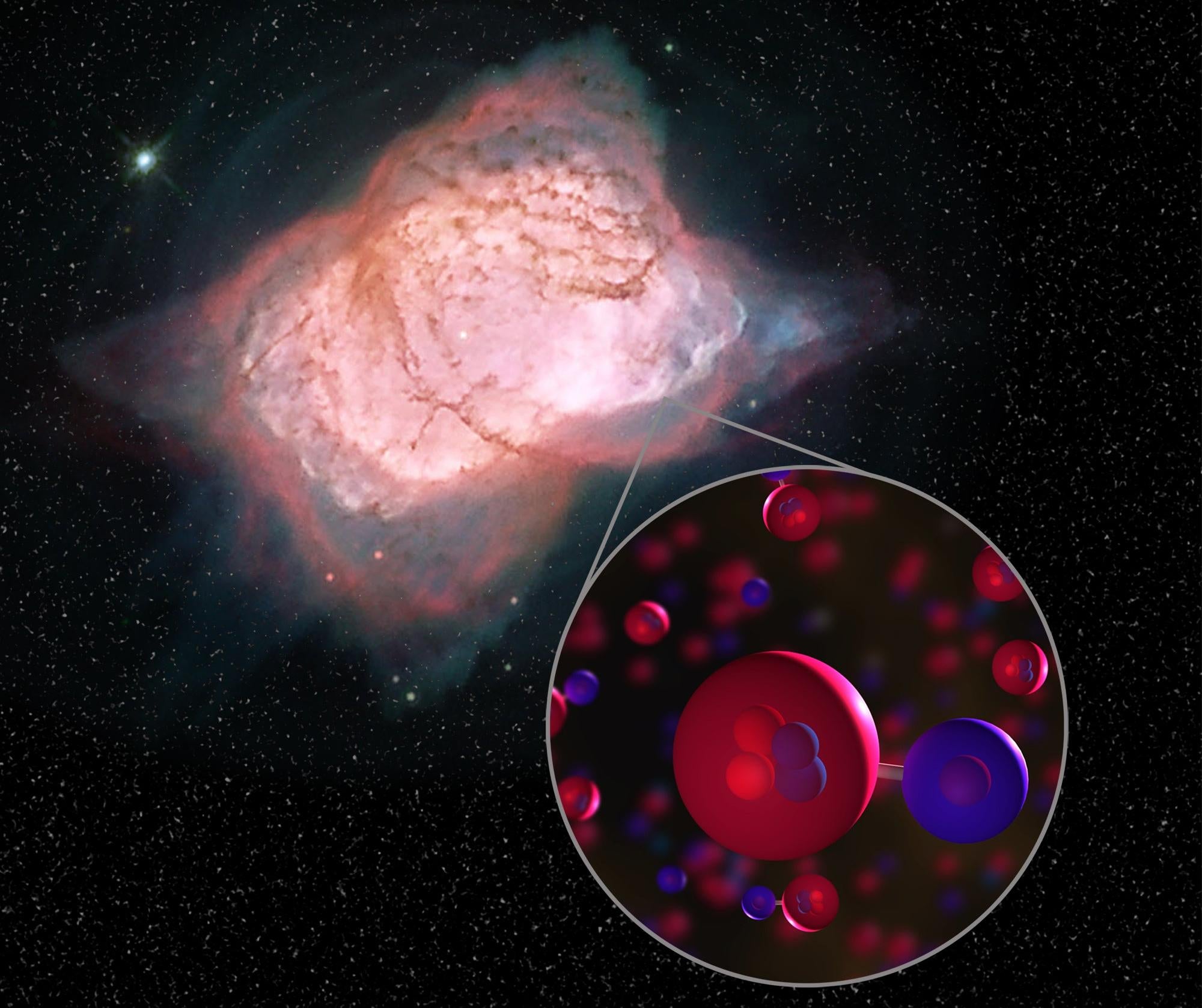
SOFIA made news in 2019 by finding evidence of the universe’s first atomic bond: helium hydride. The Boeing 747 found traces of the nascent molecule within NGC 7027, a planetary nebula located 3,000 light-years away.
Only a few types of atoms existed during the earliest phases of the universe. Approximately 100,000 years after the Big Bang, helium and hydrogen combined to make helium hydride, making it the first molecule to take shape in the universe. At least that was the theory, but SOFIA provided the needed evidence. As NASA said in a 2019 statement, the finding “confirms a key part of our basic understanding of the chemistry of the early universe and how it evolved over billions of years into the complex chemistry of today.”
The first direct measurement of oxygen in Earth’s upper atmosphere
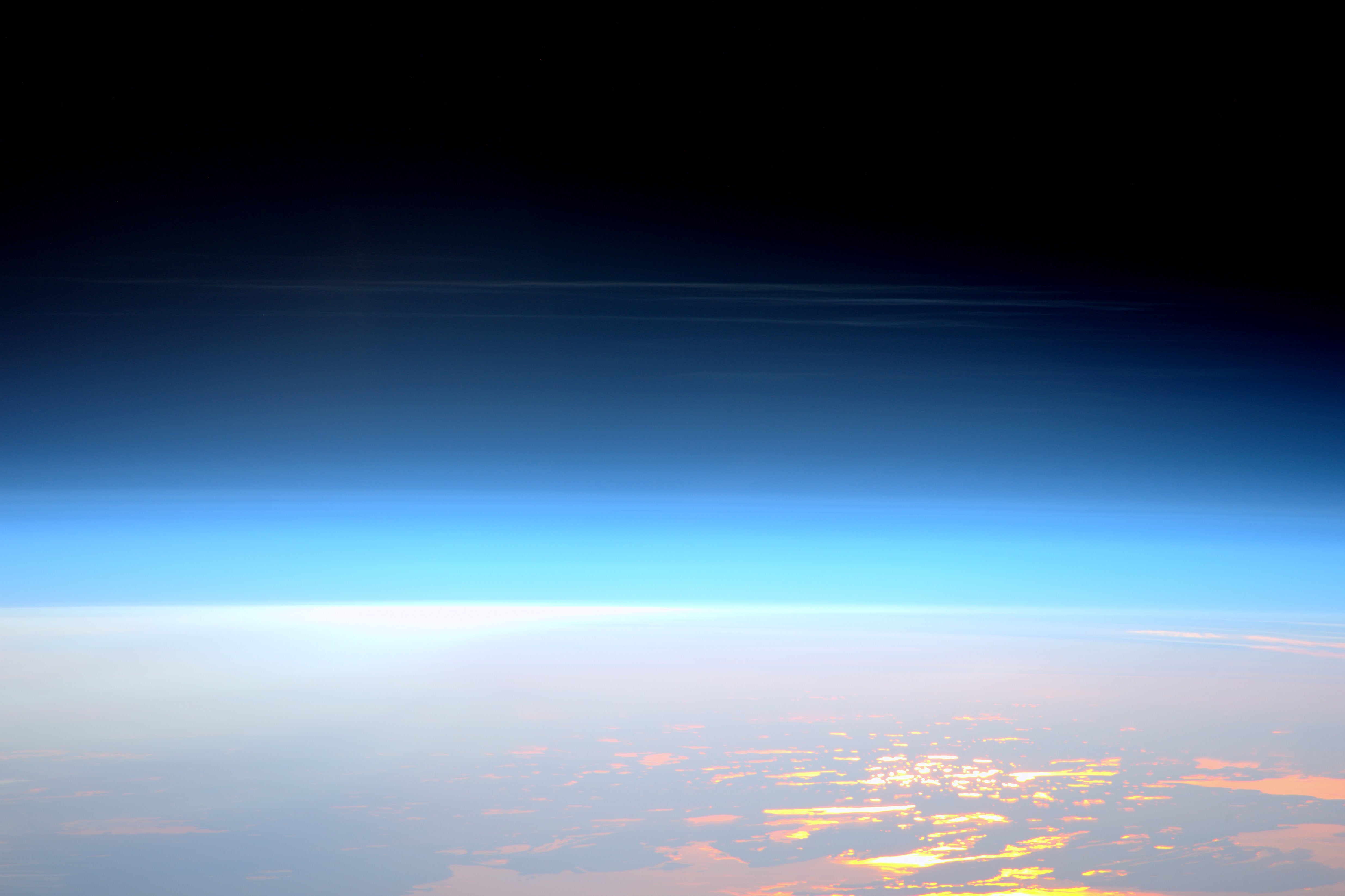
SOFIA achieved a science first by directly measuring oxygen in the Earth’s mesosphere and lower thermosphere — two poorly understood regions of our planet’s upper atmosphere. These layers begin some 30 miles (48 kilometers) above the surface, and SOFIA scanned these areas while flying at an altitude of 7 miles (11 km). The measurements were gathered in 2015, but it took several years for scientists to develop the tools and techniques to process the data.
“Given our previous successes, and the strong signal from Earth, it made sense to create the tools necessary to analyse atomic oxygen in the Earth’s atmosphere,” Heinz Hübers, a German researcher and SOFIA team member, said in a 2021 NASA statement, adding that “we are very pleased to see that SOFIA can contribute to better understanding our home planet.”
Surveying the aftermath of a colossal planetary smash-up
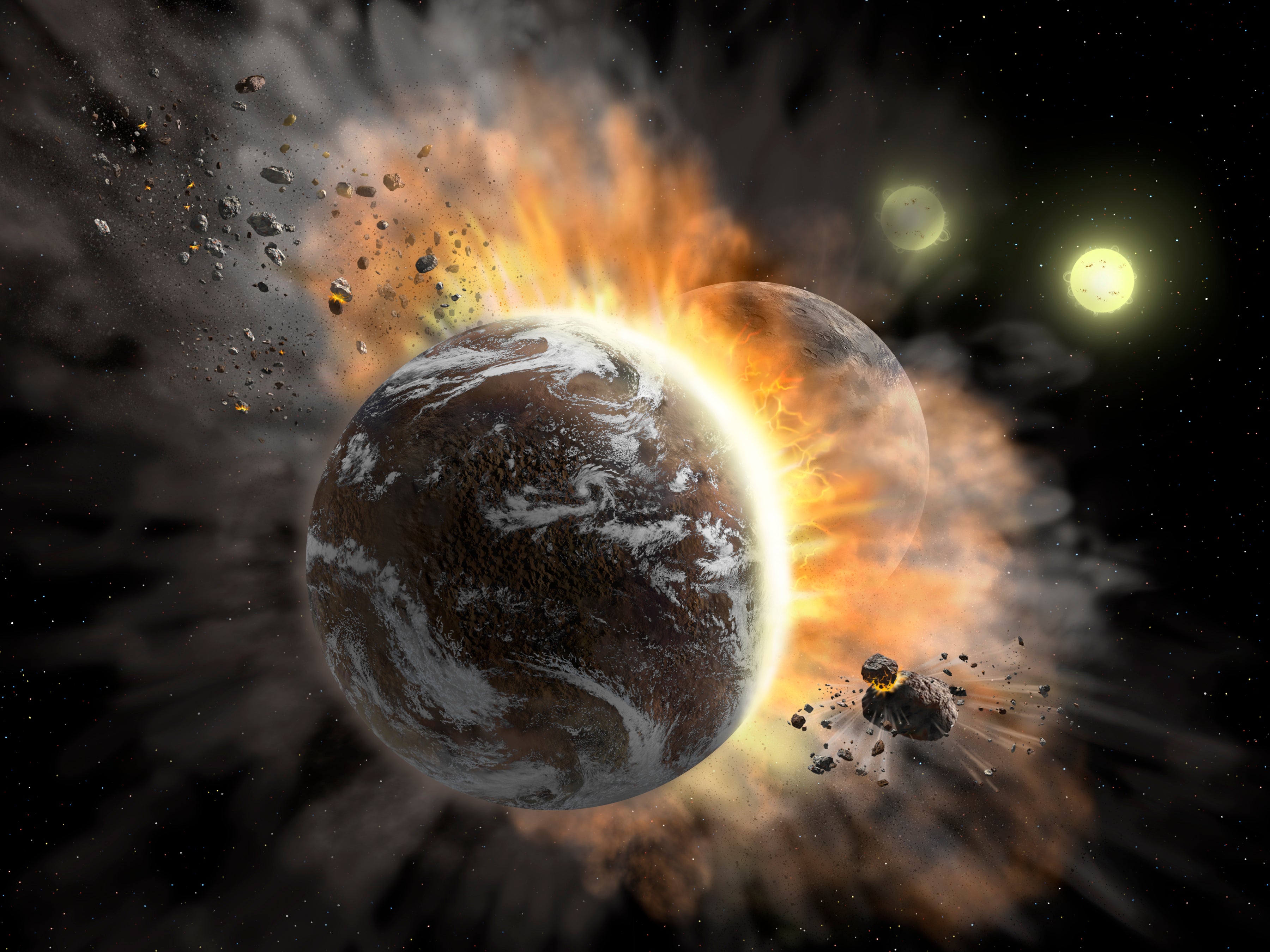
NASA’s Spitzer Space Telescope first detected the remnants of a catastrophic collision involving two distant rocky exoplanets in a planetary system called BD +20 307, but SOFIA provided a glimpse into the aftermath. Using FORCAST (Faint Object Infrared Camera for the SOFIA Telescope), the observatory showed that the brightness of the debris cloud had increased by more than 10% less than a decade later. Astronomers struggled to explain why the dust began to glow more brightly, saying more observations are needed.
Finding that magnetic fields play a role in star formation
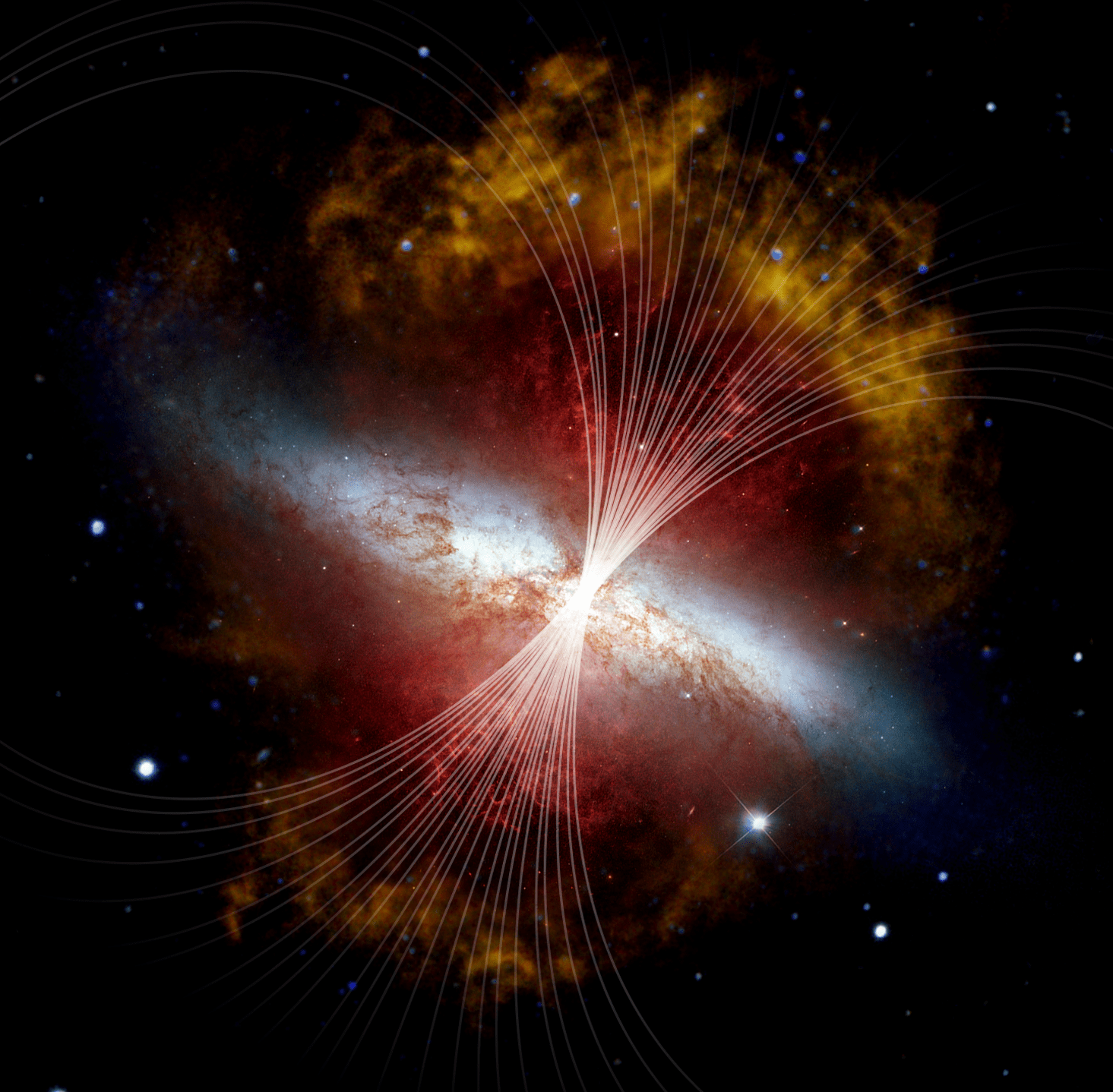
In 2021, SOFIA data showed that magnetic fields are contributing to the expulsion of material from Messier 82, also known as the Cigar galaxy. These magnetic fields were observed to extend out like solar winds, allowing materials rich in carbon and oxygen to escape into intergalactic space. The finding added to our understanding of how dust and gas escapes from galaxies, and the surprising role that magnetic fields play in the formation of stars and even entire galaxies.
Detecting ocean-like water in a distant comet
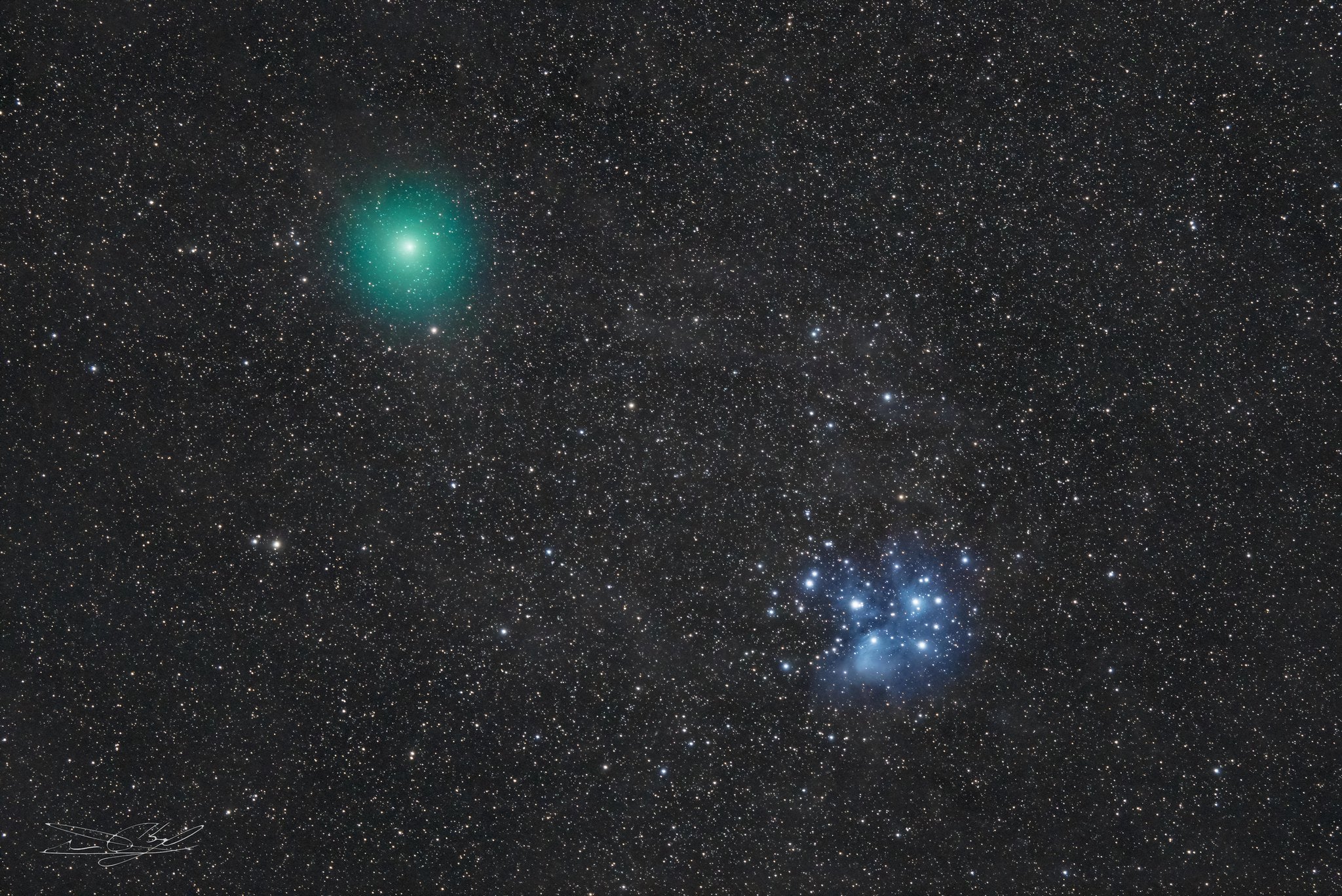
In December 2018, Comet Wirtanen made its closest approach to Earth, and SOFIA was ready. The 747 scanned the comet, finding it to contain water that’s very similar to the water in Earth’s oceans. It was taken as further evidence that comets played a key role in delivering water to our planet during the early stages of the solar system.
“We have identified a vast reservoir of Earth-like water in the outer reaches of the solar system,” Darek Lis, a scientist at NASA’s Jet Propulsion Laboratory, said in a 2019 agency statement. “Water was crucial for the development of life as we know it. We not only want to understand how Earth’s water was delivered, but also if this process could work in other planetary systems.”
Finding that stellar winds help nebulae to expand and give birth to new stars
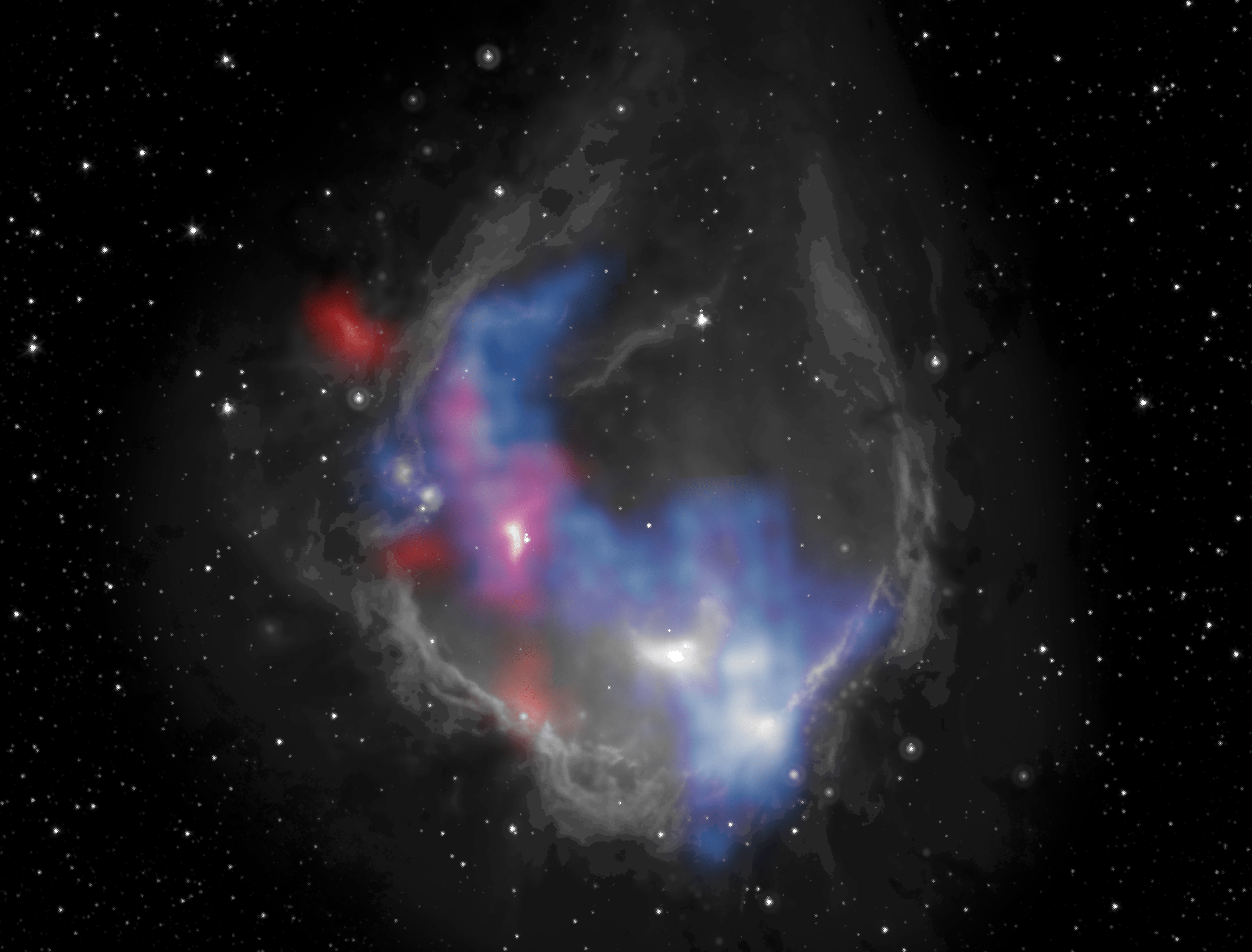
Research from last year showed that stellar winds are causing nebula RCW 120 to expand more rapidly than would be otherwise expected. In turn, this expansion is contributing to rapid star formation, and it means the nebula, located 4,300 light-years away, is younger than scientists thought.
“The nebula is giving us a window into what star formation may have been like in the early universe,” Matteo Luisi, an astronomer at West Virginia University in Morgantown, said in a NASA blog post. “We can’t go back to study the early universe, so we depend on observations like these to understand how it transformed from the Big Bang to the universe we see today.”
But also finding that stellar winds can stunt stellar growth
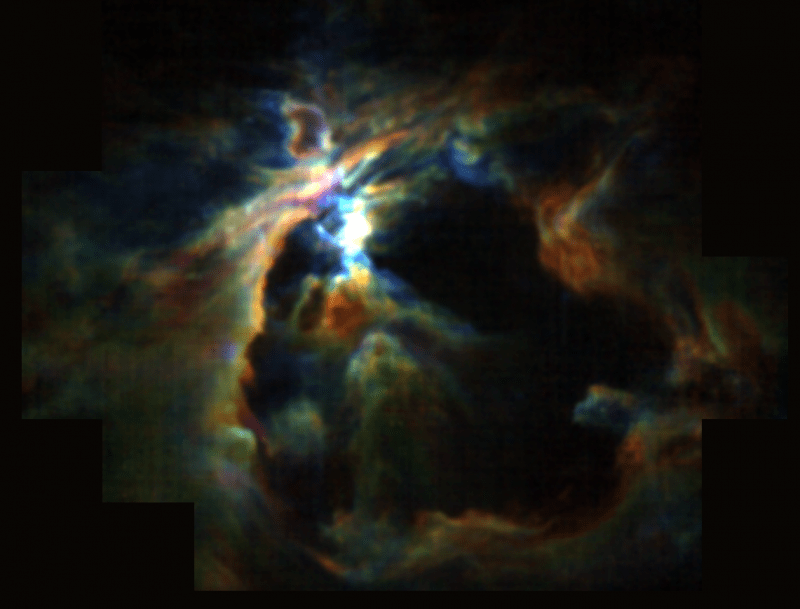
SOFIA also found that stellar winds from an infant star in the Orion Nebula are inhibiting the formation of nearby stars. It was an unexpected result, as astronomers figured something else, namely supernovae, were behind this phenomenon. The newborn stars are producing stellar winds that “can blow away the seed material required to form new stars, a process called ‘feedback’,” according to the SOFIA team.
Confirming that a nearby planetary system is similar to our own
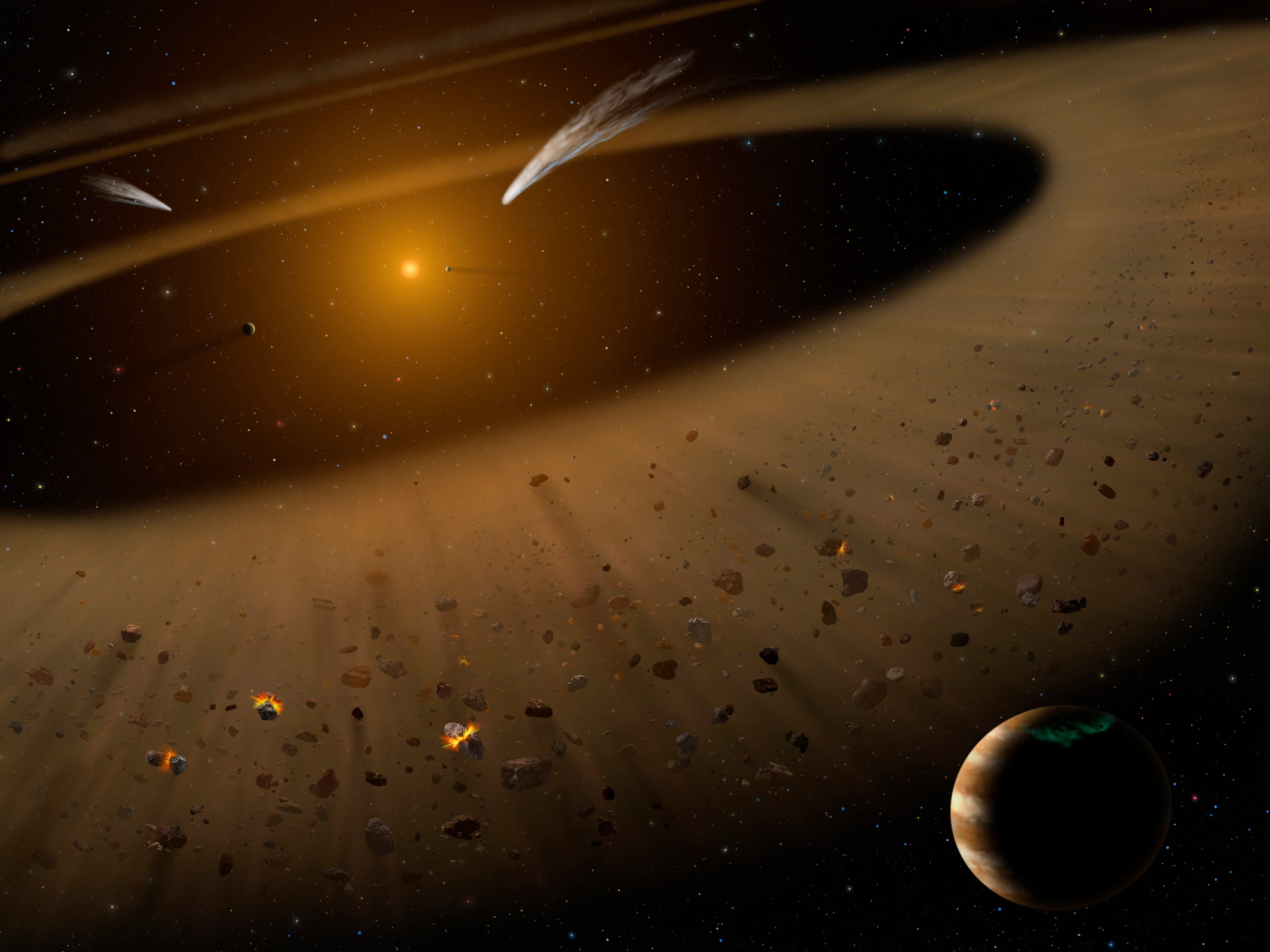
Research from 2017 showed that Epsilon Eridani, a star located 10.5 light-years from Earth, hosts a planetary system with an architecture similar to ours, though this star is considerably younger than the Sun. The system features a Jupiter-like planet (named Epsilon Eridani b) in orbit at a similar distance that separates Jupiter from our Sun. By comparing SOFIA and Spitzer data, astronomers confirmed the presence of an asteroid belt much like our own. What’s more, a theoretical model of the Epsilon Eridani system suggests the presence of at least two other planets, the analogues being Uranus and Neptune.
Finding that magnetic fields help to power black holes
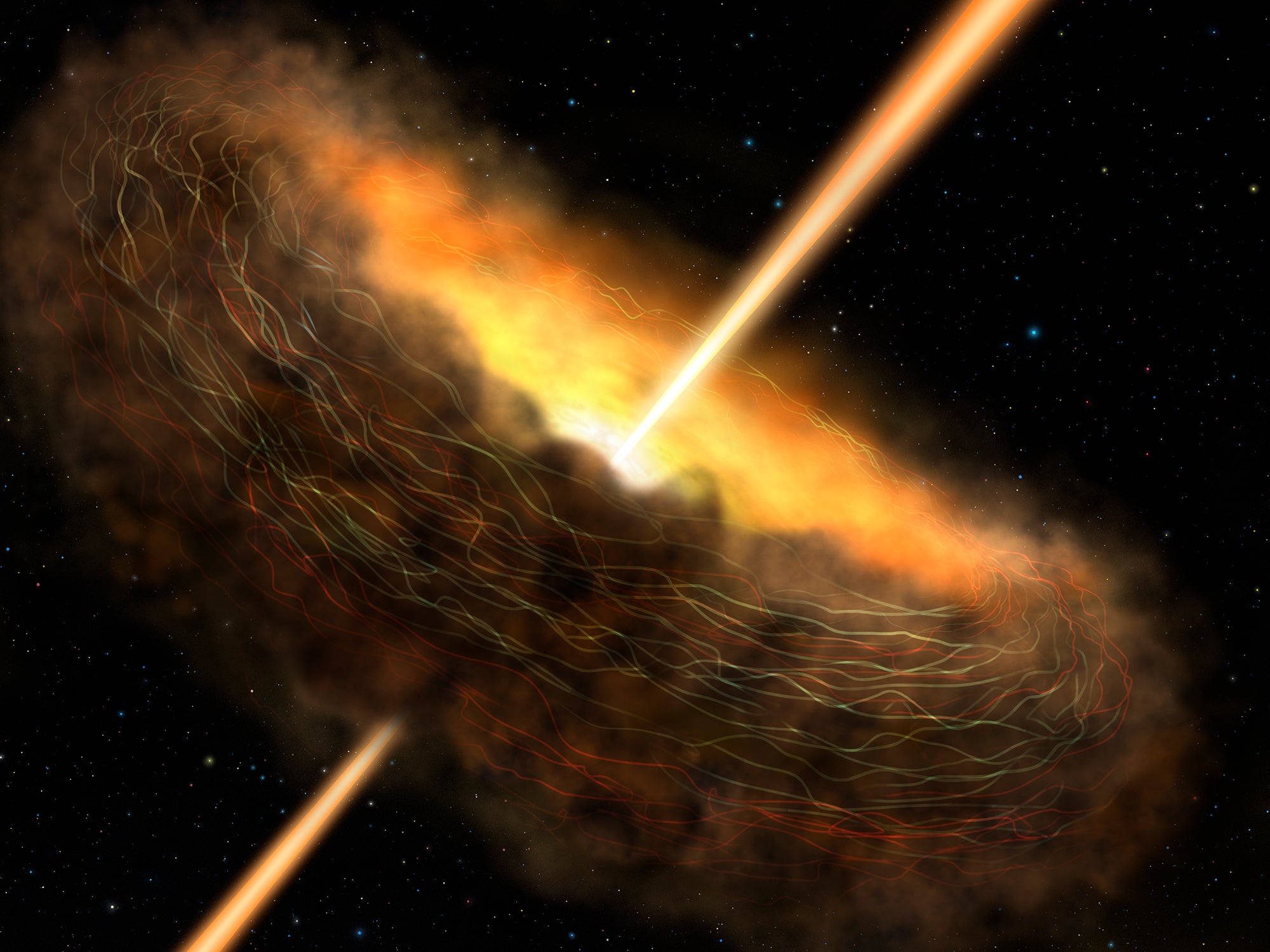
SOFIA provided evidence that magnetic fields are trapping dust near the centre of active galaxy Cygnus A and that this material is feeding the supermassive black hole at its core. The presence of magnetic fields around black holes could explain why some galaxies are super active and while others, like our own, aren’t as boisterous.
Providing a stunning infrared view of the Milky Way core

In 2020, scientists used SOFIA data to create a vivid infrared image of the Milky Way’s centre. The image encompasses more than 600 light-years of galactic real estate, showing dense swaths of gas and dust. A notable feature is the Arches Cluster, a region with the densest collection of stars in the galaxy.
“It’s incredible to see our galactic centre in detail we’ve never seen before,” James Radomski, a Universities Space Research Association scientist at the SOFIA Science Centre at NASA, said in a 2020 agency statement. “Studying this area has been like trying to assemble a puzzle with missing pieces. The SOFIA data fills in some of the holes, putting us significantly closer to having a complete picture.”
The end of an era

SOFIA will be permanently grounded on September 30, 2022 — the end of the current mission. The 747 will continue to collect data over the coming months, and scientists will undoubtedly continue to analyse both old and new SOFIA data. The program may be coming to an end, but the legacy of this aerial observatory is far from complete.
